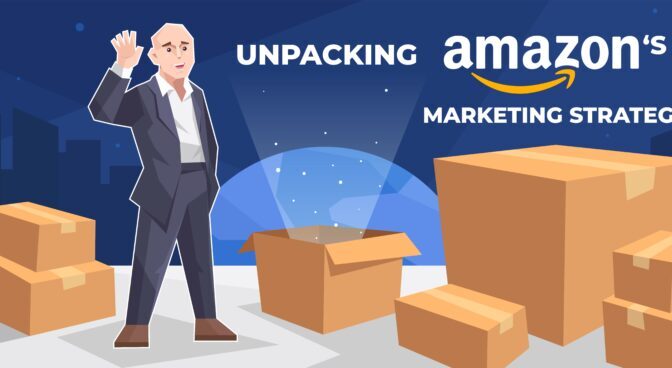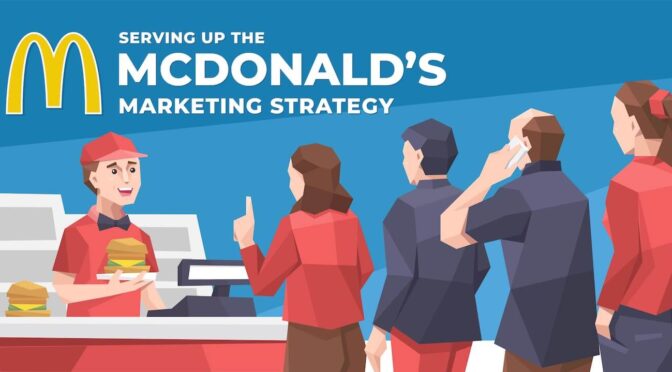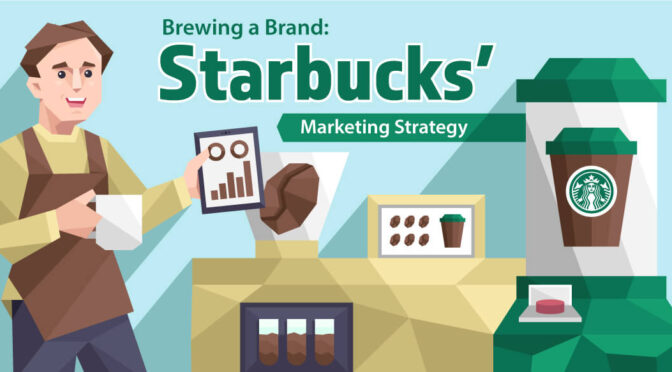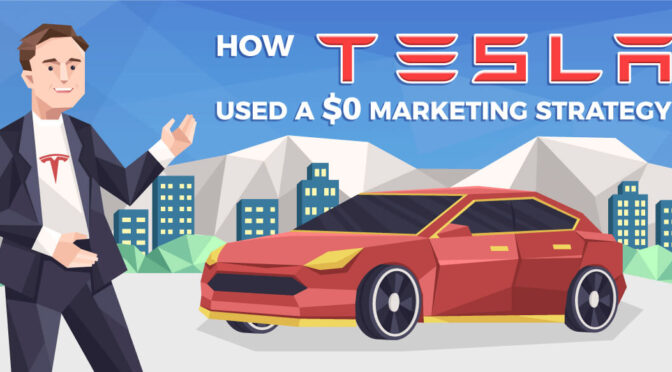In a recent webinar we conducted with Bob Graham of Wavepoint Inc., a technology company mergers and acquisition broker, Bob was asked why so many businesses put on the market do not sell (recent estimates suggest that as much as 80% of businesses valued at under $50 million do not sell). Bob’s response: they could sell, except that the buyer cannot get the price he or she has set.
Why are sellers and buyers often so far apart?
As Warren Buffet is fond of saying, “Price is what you pay. Value is what you get,” the same applies to selling your business. Business owners seek to sell their business for the highest price. In doing so, they must set out to find buyers who can not only have the right size wallet, but who see at least equivalent value in the asking price.
I like Bob Graham’s simple way of pinpointing what buyers look for. He calls it the “Four Pillars that drive buyers.”
The four pillars are about having good:
- People – both subject matter experts and those with management skills. It is a misconception that buyers want to jettison staffs.
- Clients and a revenue stream that is recurring, predictable and extends into the long term
- Technology – not only mainstream, like cloud computing, but with a durable edge over the competition.
- Financials – the combination of People, Clients and Technology are managed in a way that yields consistently satisfying outcomes.
In running his M&A business Bob Graham spends most of his days reconciling the difference between the expectation of price (sellers) and expectation of buyers (value). So, before delving into the Four Pillars that drive buyers it is useful to spend some time to understand the mindsets of both seller and buyer. What follows is tilted towards the context of selling and buying a technology business.
Who is a typical seller? A seller can be any age, and sell for a host of reasons. Predictably, as retirement approaches, the number of sellers increases. Having a good retirement income is a big selling reason, but there are others: fallout among partners, medical issues, divorce and family changes, exhaustion, need for a change, tax liabilities, some need for quick and sizable cash … the list goes on.
Sellers are proud of what they have accomplished, and understandably so. Their business is like their baby – imperfections overlooked, with only the good qualities radiating outward. They read about people like 17-year old Nick D’Aloisio who sold Summly to Yahoo for $30 million and, likewise, want something like that …. what Bob calls a “strategic price.” Yes, they should go for the maximum price they can get. They’d be crazy not too.
Buyers, on the other hand, are not like politicians who hold and kiss babies. They are not a very sentimental lot. They read about people like Warren Buffet who extolls the virtue of buying great companies at a good price. Hence, buyers are rewarded for being shrewd.
Sellers seek large multiples of revenue. Buyers seek small multiples of EBITDA.
Where does reality lie? Not surprisingly, it lies somewhere between the two. Finding – and negotiating – the point of equilibrium between the price sought by a seller and the value craved by a buyer is how M&A firms make their money.
How does a seller tilt the equilibrium towards a higher price? By maximizing the perceived value of the company being sold, of course. And therein lies Bob Graham’s Four Pillars. For reference, here they are again. Having good:
- People
- Clients
- Technology
- Financials
Pillar # 1 – Having good people
Of the four pillars, good people typically represent the most important leg of the bar stool.
The notion of good people generally encompasses particularly those with subject mater expertise, and those who manage exceptionally well. Bob Graham has handled buy-side deals for large buyers who, in hotly competitive labor markets where they might be attempting to hire 30 or more software engineers a month, might see the principal value of a target firm as a source of great talent. Understanding technology brings silver coins to the table. Sector knowledge, however, brings gold and platinum coins.
Very large technology firms ship for smaller firms for a simple reason: they simply cannot achieve growth expectations organically. As they grow large they become less nimble, more bureaucratic, and less able to churn out R&D gems as productively (too little, too late, over budget) as when they were smaller. That’s why they are interested in acquiring smaller firms.
In all, Bob Graham has found that the value of “people” in a small company tends to be meet this rank order:
- Sector-specific subject matter expertise
- Sales and marketing capability – especially international
- Management skills
- Technical skills
Advice for the Seller
Business owners inevitably realize when they have good people. They are difficult to find but, when found, their value is readily apparent. Good advice for a business owner who wants to grow the value of her – or his – is to follow the recommendations below (and not leave it to 6 months prior to putting the business up for sale).
- Competitively compensate the superstars, and give them reasons – monetary, business culture, personal growth – to stay and remain loyal
- Document and maintain an inventory of skills and capabilities of each superstar in a form that can be useful to both a broker potential buyer
- If a potential M&A broker shows little interest in the quality of your staff you have the wrong broker. Find another.
Pillar # 2 – Having good clients
Having large enterprise clients is a bonus, but not a requirement. A target base of SMB (Small and Medium Business) clients, and consumers are also attractive.
What drives up the value of a good client base? According to Bob Graham there are three good examples.
- International clients – They demonstrate breadth and diversity and acceptance of product appeal. Buyers recognize that it is not easy building an international reputation and client base, so place a premium on this. Similar to the principles of stock portfolio diversification, an international client base smooths out the peaks and troughs of inevitable economic swings, adding stability that buyers like.
- Recurring revenue is gold – it means not having to start out each month at $0. This is why firms with subscription pricing, monthly maintenance, SaaS firms and automatic credit card renewals (consumers hate them) are attractive to buyers.
- Multi-year contracts – a close cousin of recurring revenue. There is a reason salespeople are paid well. Getting orders are not easy. This is why having a business in which three-year and longer-term contracts are the norm (enterprise software, infrastructure management, property management) is inherently attractive to buyers.
Advice for the Seller
At the risk of being obvious, here are a few key things you can do on the customer/client side to enhance the value of your business for potential buyers.
- Track the persistence of your client/customer base. Irrespective of whether your product or offering lends itself to recurring purchases or multi-year contracts, a history of loyal customers who keep returning to buy from you is highly attractive. You must be doing something right.
- If your offering is not sold on a recurring subscription or long-term basis, take a hard look at how you could do that. Perhaps bring in an expert to help you figure out if it is feasible, practical and profitable. Many business owners are surprised to discover how often their businesses can be turned into recurring revenue streams. Just ask airlines and loyalty program businesses if you need convincing.
- Likewise, if you are not selling internationally you should examine the feasibility. Entering new markets is not without risk and cost, yet with expert advice and assistance, it is far easier and less costly to enter foreign markets profitably today than it was just 10 years ago.
Pillar # 3 – Having good technology
If there is a value driver that can really swing the pendulum it is technology. Having good technology means having something that’s in demand that few other competitors in the market can mimic.
Harvard’s Michael Porter has written many successful books that focus on the concept of achieving competitive advantage, while Warren Buffet popularized the concept of economic moats. What they write about has a lot to do with the notion of what constitutes good technology in the eyes of potential buyers.
- Any technology, like all products, has a life cycle. Good technologies start off unknown, they become hot and, over time, eventually cool as they are replaced by better technologies. Today’s hot technologies: SaaS (cloud) and mobile are two, as is any technology that does not tether the user to some geographic location.
- Barriers to entry/copying. Today, with the rapid churn of technology, patentable intellectual property of something truly unique can keep competitors at bay – or certainly, make it difficult for them to compete with you. It is a reason why the number of patent applications keeps rising at high rates in developed countries, and why there are so many Intellectual Property (IP) attorneys. It is also a reason why large firms buy small ones: to get the IP of a hot young firm and scale it up – such as Yahoo’s purchase of Summly for $30 million.
- A credible, compelling and unique value proposition for your customer. In many respects selling to buyers is similar to raising money from VC’s. All of them want to see the potential for – and evidence of – market traction. Having a hot elevator pitch that demonstrates what you offer uniquely well in your market can make a huge difference. If the only thing standing between you and greatness of your product is money, then the right buyer (with a large wallet) will surely spot this.
Advice for the Seller
When it comes to having good technology, it means being in mainstream, growing markets. Few buyers want to shell out money to buy a business serving a declining market.
- Ensure your product is in the technology slipstream. If it is not, take it there. For example, a surprising amount of “on-premise” software actually lends itself well to cloud and mobile enablement. If the task appears too daunting or expensive, then at least prepare a roadmap for how to get there. It might be what your buyers are looking for.
- Securing patents for your technology – especially if you sell or plan to sell internationally – is great insurance to protect your revenue stream. Get a great Intellectual Property law firm to assist you – an international one if that is where you operate.
- Know your product’s value proposition and be able to explain it succinctly, clearly and compellingly. If you don’t have a handle on what it is, or how to go about crystallizing it, you are not alone: many businesses are not able to readily point to it. The good news is that, like a good IP lawyer, there are firms with the expertise to help you articulate it.
Pillar # 4 – Having good financials
The presence of good financials is clearly important – in fact, it’s the most important pillar – but it is not resoundingly so. Accordingly to WavePoint’s Bob Graham, in his experience financials carry the same weight as the other three pillars – people, clients, and technology – combined.
What do buyers want to see? These should come as no surprise whatsoever.
- A solid track record of growth – both top and bottom line.
- Consistency – save the peaks and valleys for a vacation to the mountains.
- Recurring revenue … which means that you don’t have to sell to eat. The higher the proportion of recurring revenue, the more attractive the firm typically is to a buyer – why buyers warm up to cloud business model. Recurring revenue is a gateway to EBITDA.
In all, the most attractive aspect of financials to potential buyers is the statement of the present, without having to rely on the promise of the future.
Advice for the Seller
Good financials typically reflect the results of having a combination of good people, good clients, and good technology. Financials are not something that typically can be impacted on their own – at least short of what an accountant can do. Achieving good financials is a marriage of the other pillars … and a good many other aspects of the business that, likewise, are equally important to buyers.
What can be done to ensure that your financials are at peak performance to raise the best sale price for your firm?
- For starters, an independent evaluation by an expert – accountant, tax attorney, management consultant, M&A specialist – can often raise questions which you may not have asked. As they deal with dozens or hundreds of companies, they see methods and attendant results that you likely do not.
- Use software like Core Value which, based on sizing up your business relative to others in your sector along 18 drivers of business value, is useful in identifying the enhancers (the things about your business that drive up its value) and the detractors (things that bring down the value of your business).
- After obtaining an assessment of your business mend the things which you understand, and engage experts to help you address those that are more challenging. Yes, it will cost money. Yet, if you concentrate on the low-hanging fruit – those value detractors that can be easily addressed and yield the largest value impact – the valuation gain will be far greater than the cost of the fix.
Finally, don’t leave things until 6 months before you want to sell your business. Procrastination is not your ally.



















Title
DirectorSpecialties
I can attest that people are on of the most important things in driving valuation. If you have terrible people or churn is high, investors will run!
Title
Senior ManagerSpecialties
Specifically, re-occurring revenue seems to be the topic of the hour. The explosion of SaaS has really been as a result of a PREDICTABLE revenue stream, which investors and the street love. I am expecting other traditional or non-subscription industries to find offerings that will leverage the appeal of the subscription economy soon. Their investors and shareholders will thank them in the long run…
It needs too much effort and time to build a business. That’s why taking the right measures to maximize the worth of the business prior to selling makes an irreplaceable sense. It will be better if the seller works with an experienced business broker. Because a business rep is a professional who can prepare your venture for sale, including having an expert estimate performed. The importance of a strategic plan can never be overstated when it comes to selling driving high valuations.